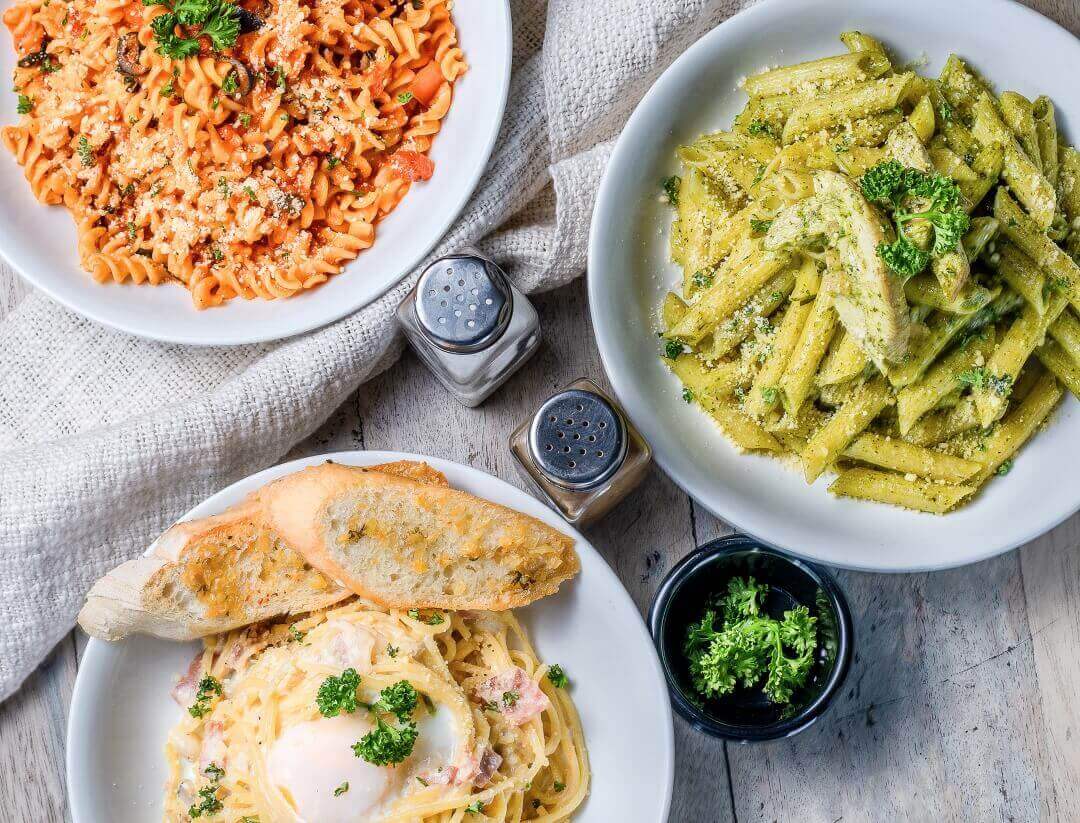When picturing Italian cuisine, what often comes to mind is a tantalizing platter of pasta al pomodoro, a piping hot pizza Margherita, or a sinfully delicious tiramisu. Such delightful dishes have contributed to the stereotype of Italian food as heavy and unhealthy. However, this belief might not be entirely accurate. This article dives into the depths of Italian cuisine to dismantle common misconceptions and shed light on its nutritious side.
Understanding the Definition of ‘Heavy’ Food
The term ‘heavy’ food is subjective, but it’s often used to refer to dishes rich in fats, carbohydrates, and sometimes, laden with sauces or creams. Foods like a double cheeseburger or a creamy chicken Alfredo pasta may fall into this category. Many Italian dishes like lasagna or carbonara are seen as ‘heavy’ because they contain cheese, meat, and pasta. However, this is an oversimplified perspective. Italian cuisine is not a monolith; it’s an amalgamation of regional diversity and offers a plethora of light and wholesome options that are often overlooked.
Exploring the Diversity of Italian Cuisine
Italian cuisine is as varied as the country’s history and geography. The coastal regions, for instance, have a tradition of serving seafood, legumes, and vegetables like in Ligurian trofie al pesto or Venetian sarde in saor. On the other hand, the inland regions might favor more hearty fare, such as the meat-based dishes of Tuscany. A great example of healthy Italian food is the traditional Minestrone soup, a hearty dish made with seasonal vegetables.
Nutrition Facts of Italian Cuisine
Contrary to common belief, traditional Italian food is well-balanced in its macronutrients. It incorporates lean proteins, healthy fats, and complex carbohydrates. For example, a traditional plate of spaghetti aglio e olio is a simple dish of pasta tossed with olive oil, garlic, and red pepper flakes, offering a balanced meal with complex carbohydrates and healthy fats. On the other hand, according to a case study by Cambridge University, the energy density of some popular fast foods like burgers and fried chicken is significantly higher compared to a typical plate of Italian pasta.
Italian Food and the Mediterranean Diet
Renowned for its health benefits, the Mediterranean Diet—rich in vegetables, fruits, whole grains, lean proteins, and healthy fats—is considered one of the world’s healthiest diets. As per the Mayo Clinic, it can reduce the risk of heart disease, improve longevity, and support healthy weight management. Italian cuisine, with its emphasis on fresh ingredients and balanced meals, comfortably fits into this category. Dishes like Caprese salad, bruschetta, and a simple pasta primavera beautifully encapsulate the essence of the Mediterranean diet.
Decoding the Unhealthy Aspects of Italian Food
While Italian cuisine can be healthful, like any cuisine, it has its potential pitfalls. Commercialized Italian-American dishes can sometimes be heavy on cheese and meat, while some desserts like cannoli or panna cotta are rich in sugars. Additionally, portion size plays a critical role. A study published in the European Journal of Clinical Nutrition found that overeating, even healthy foods, can lead to weight gain and associated health risks.
Tips for Enjoying Italian Food in a Healthy Way
Embracing Italian food healthily involves being mindful of your choices. Opt for dishes rich in vegetables, lean proteins, and whole grains. Choose tomato-based sauces over cream-based ones and limit the intake of high-fat cheeses. When indulging in pizza, select a thin-crust version laden with vegetables. Also, don’t forget the power of portion control. The Italian concept of “La Gioia di Mangiare“—the joy of eating—advocates savoring your meal, which naturally leads to slower eating and smaller portions.
Conclusion
While certain aspects of Italian cuisine can be heavy or high in calories, painting the entire cuisine with a broad brush is unfair. At its heart, Italian food is a celebration of quality ingredients, regional diversity, and balanced meals. So, the next time you’re at an Italian restaurant or cooking an Italian dish, remember to explore the full range of this vibrant cuisine, making mindful, healthy choices along the way.



